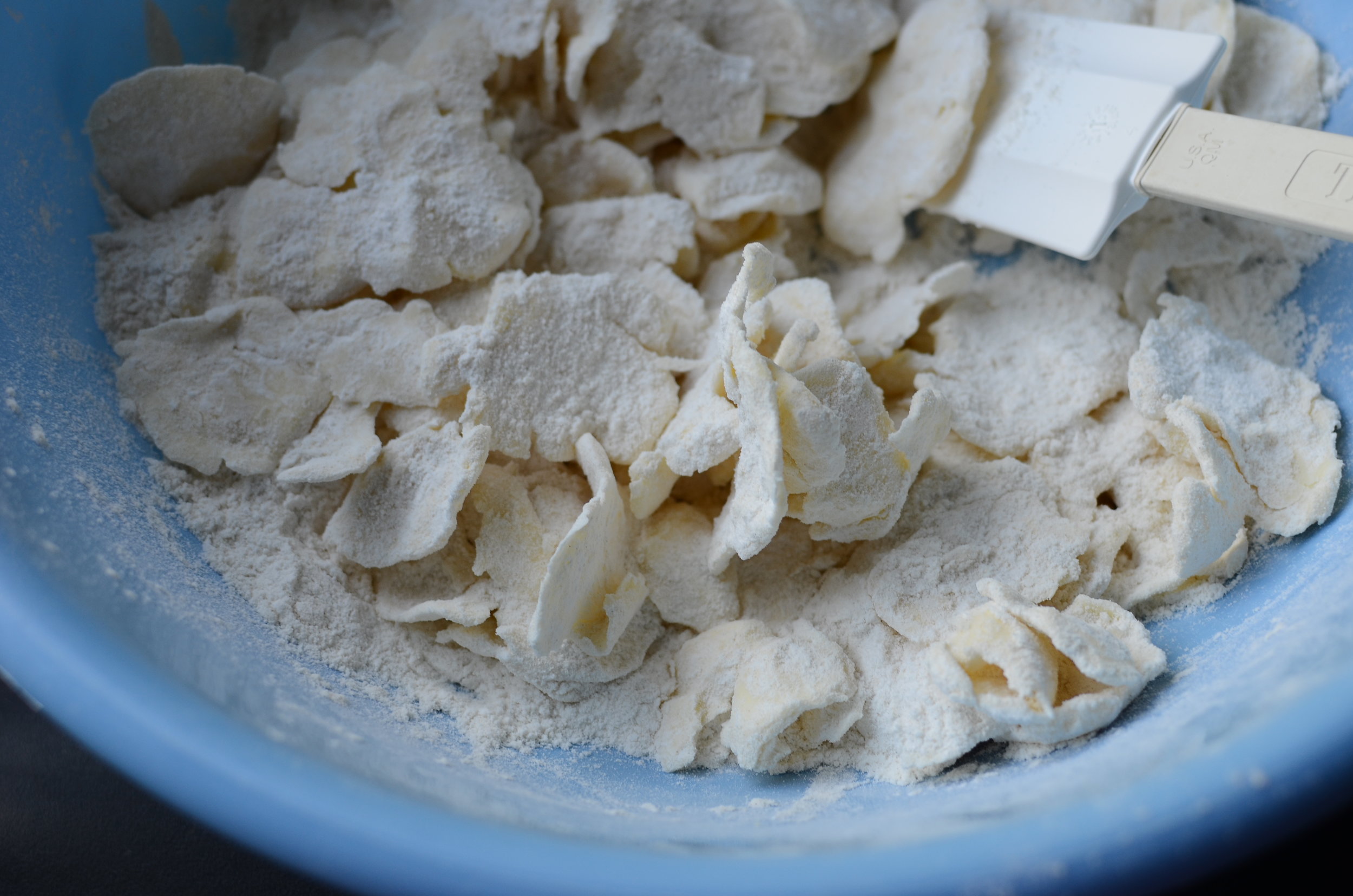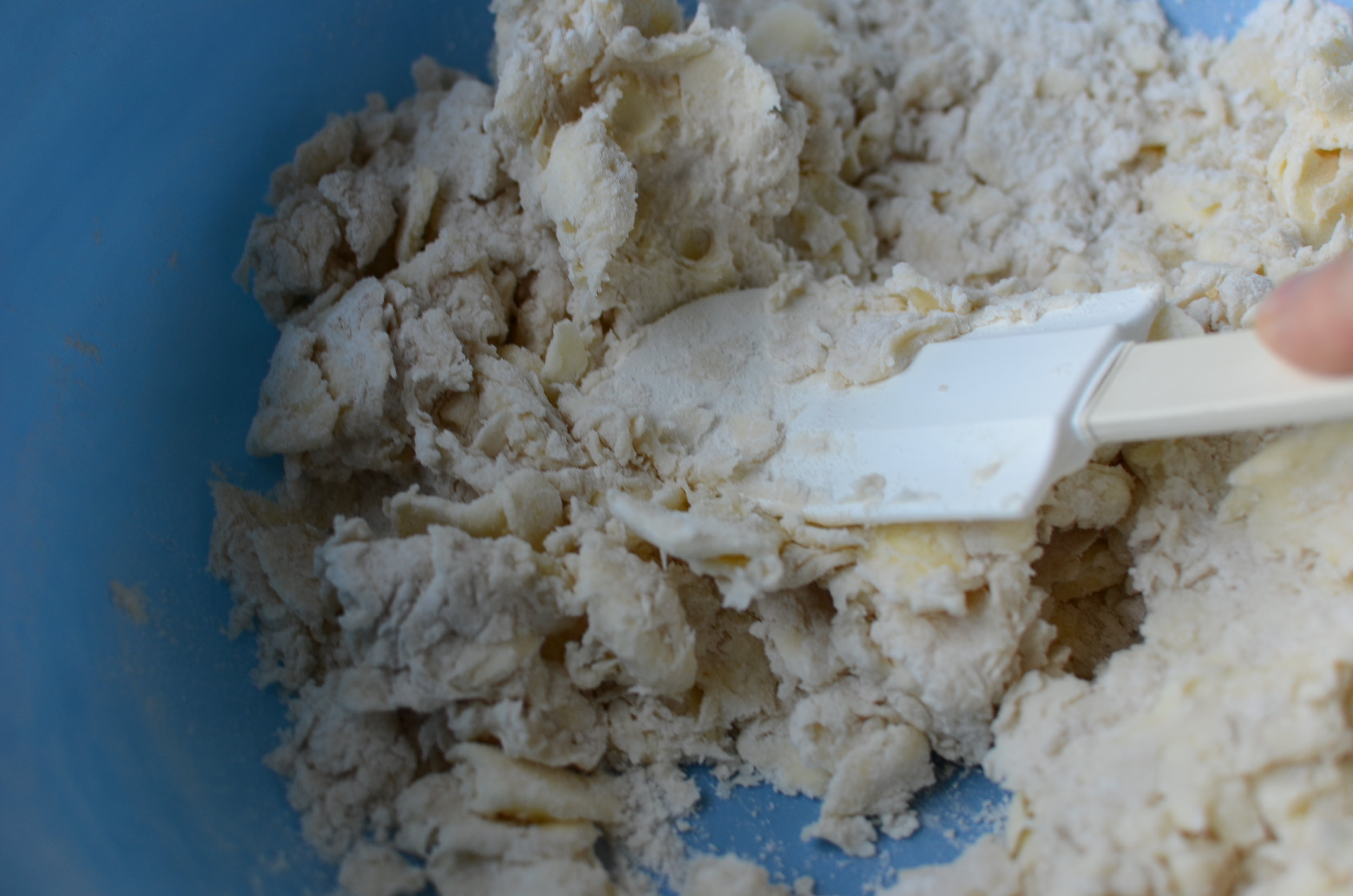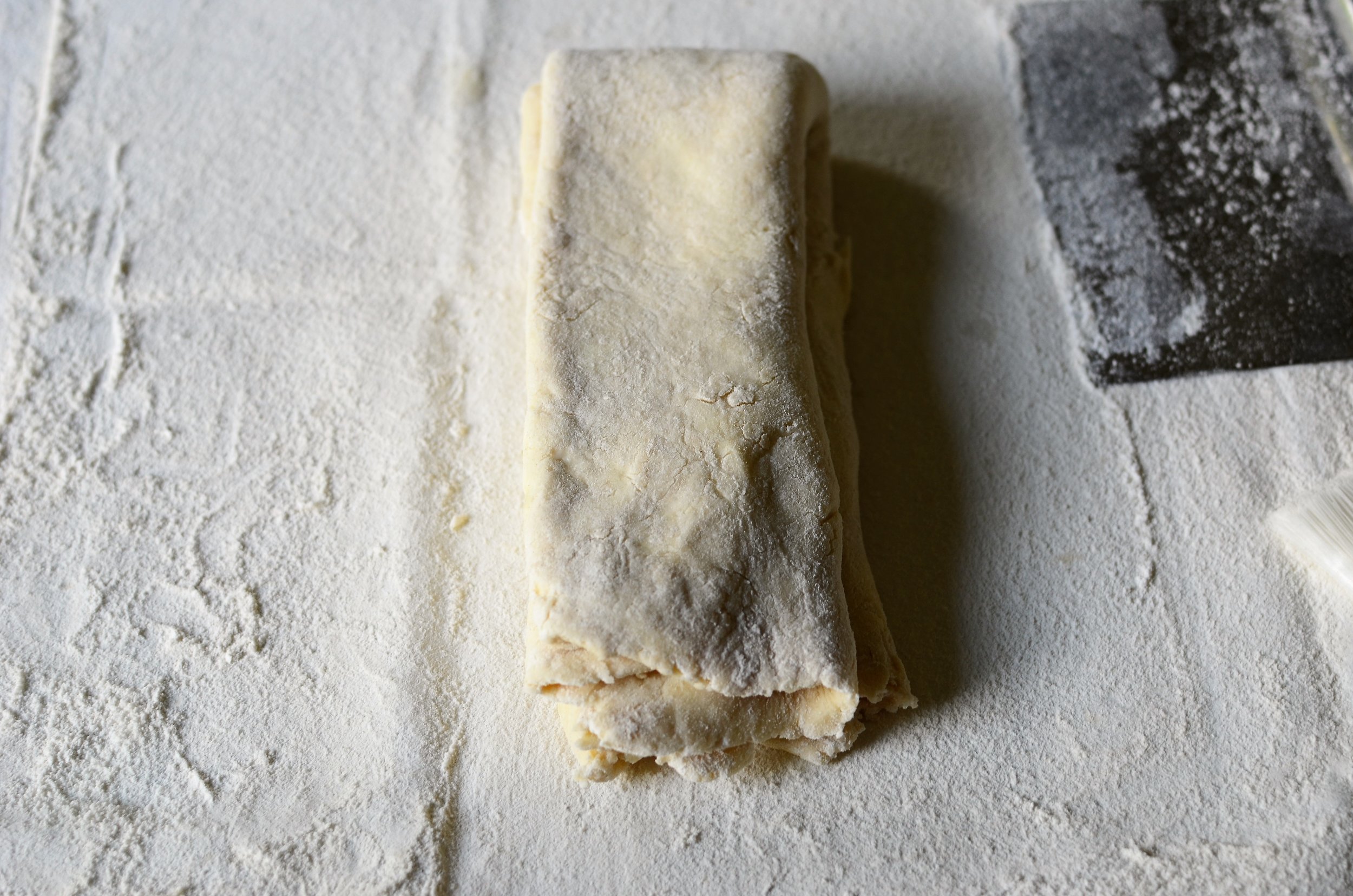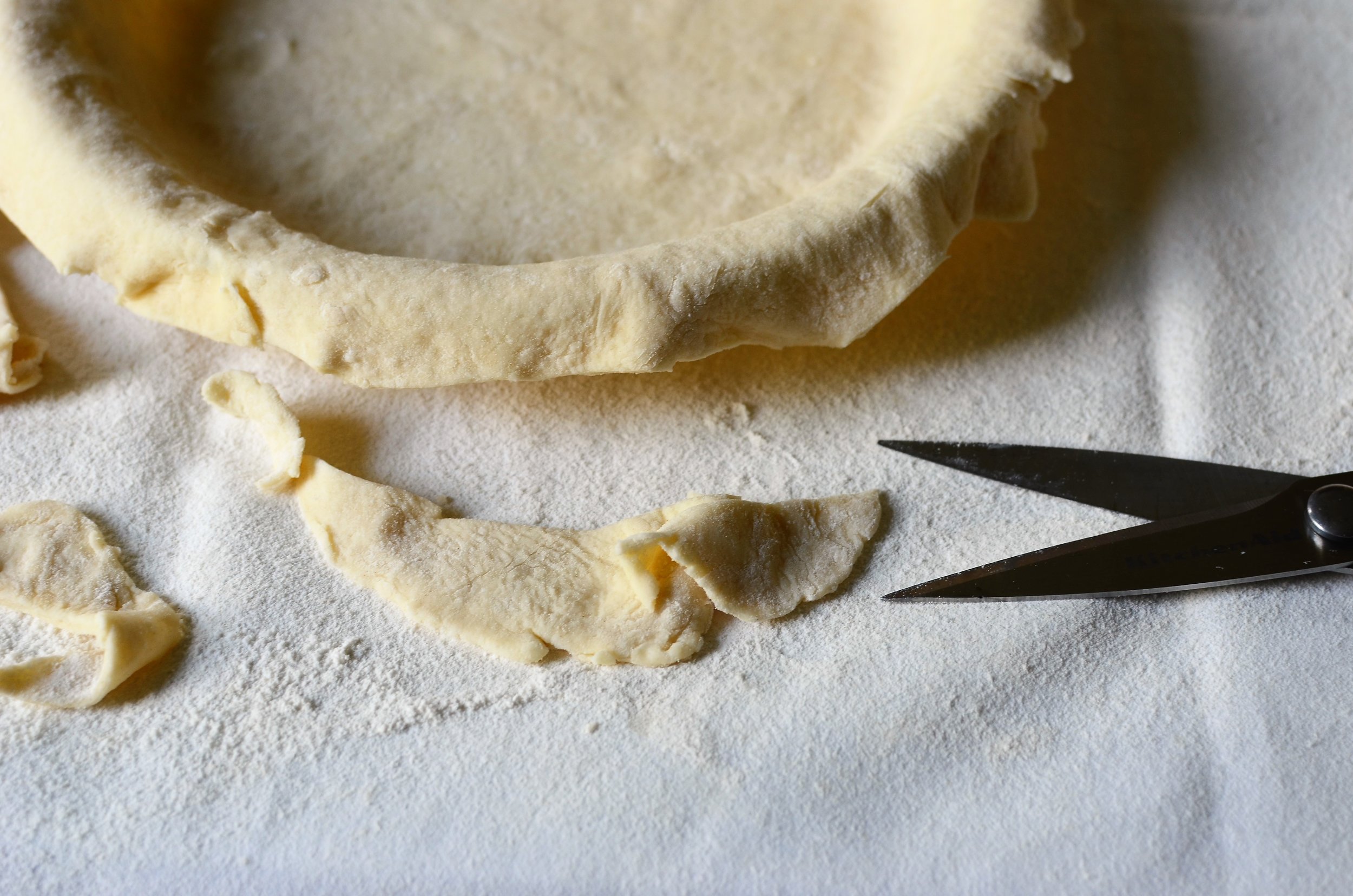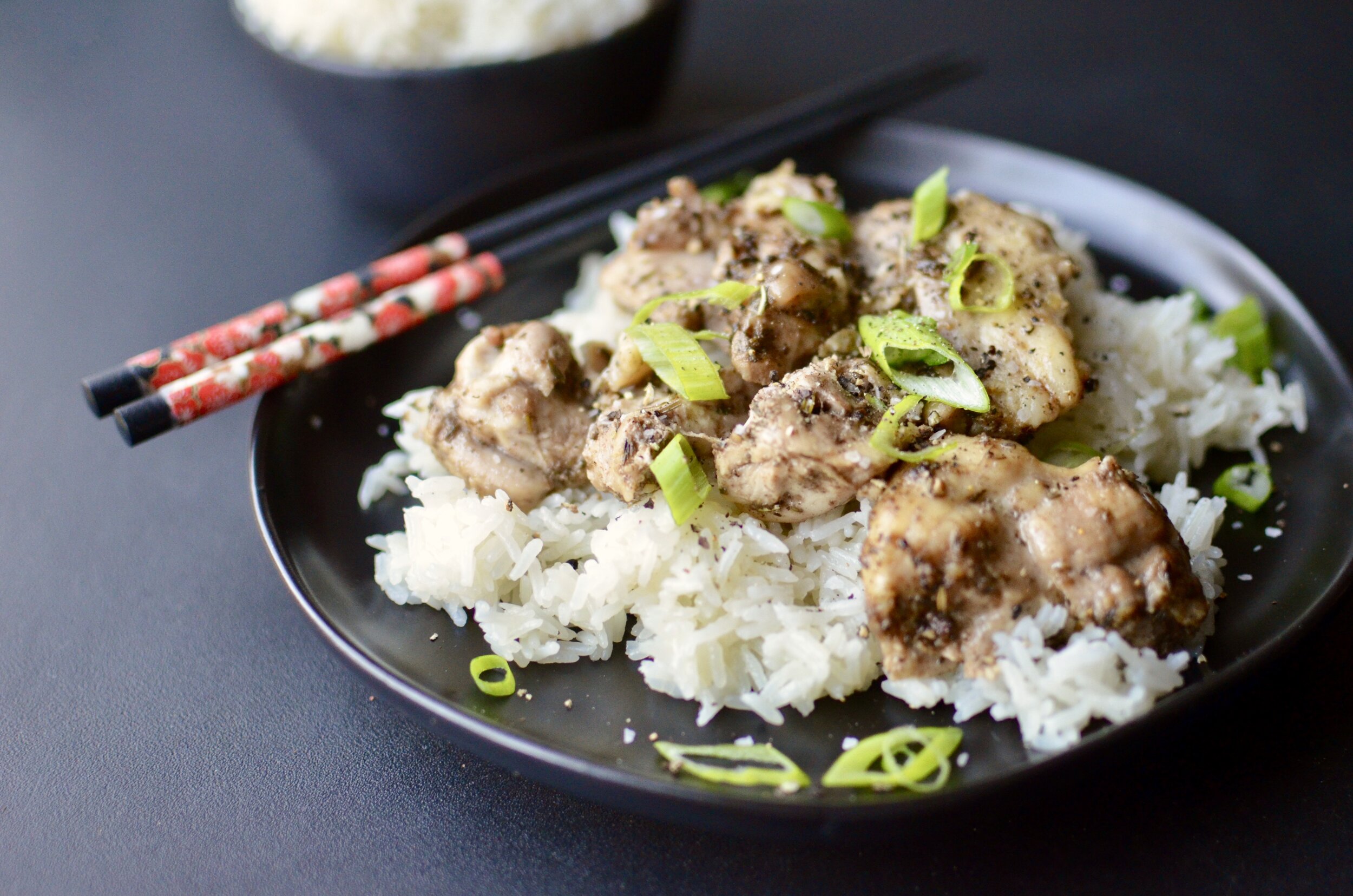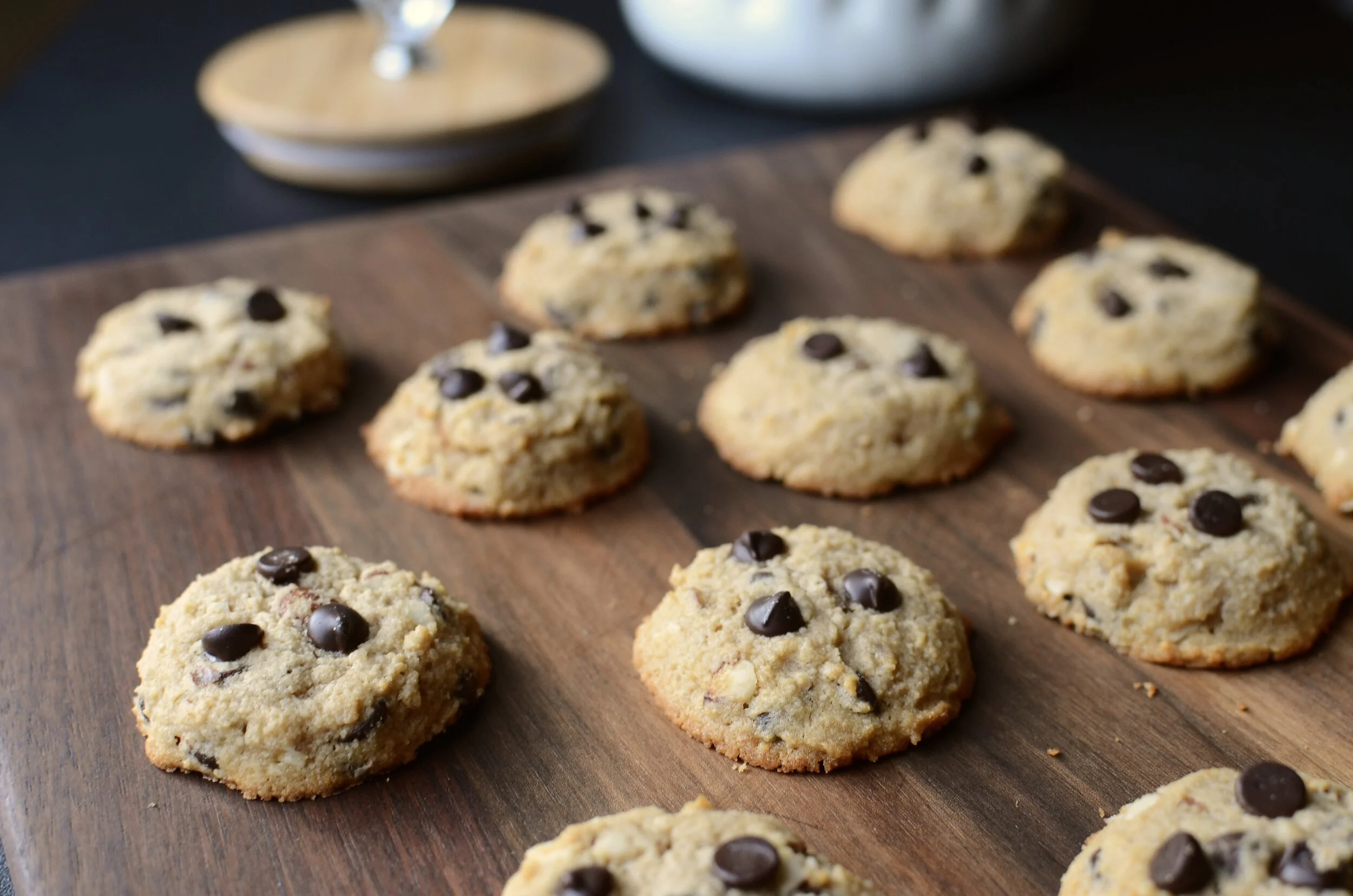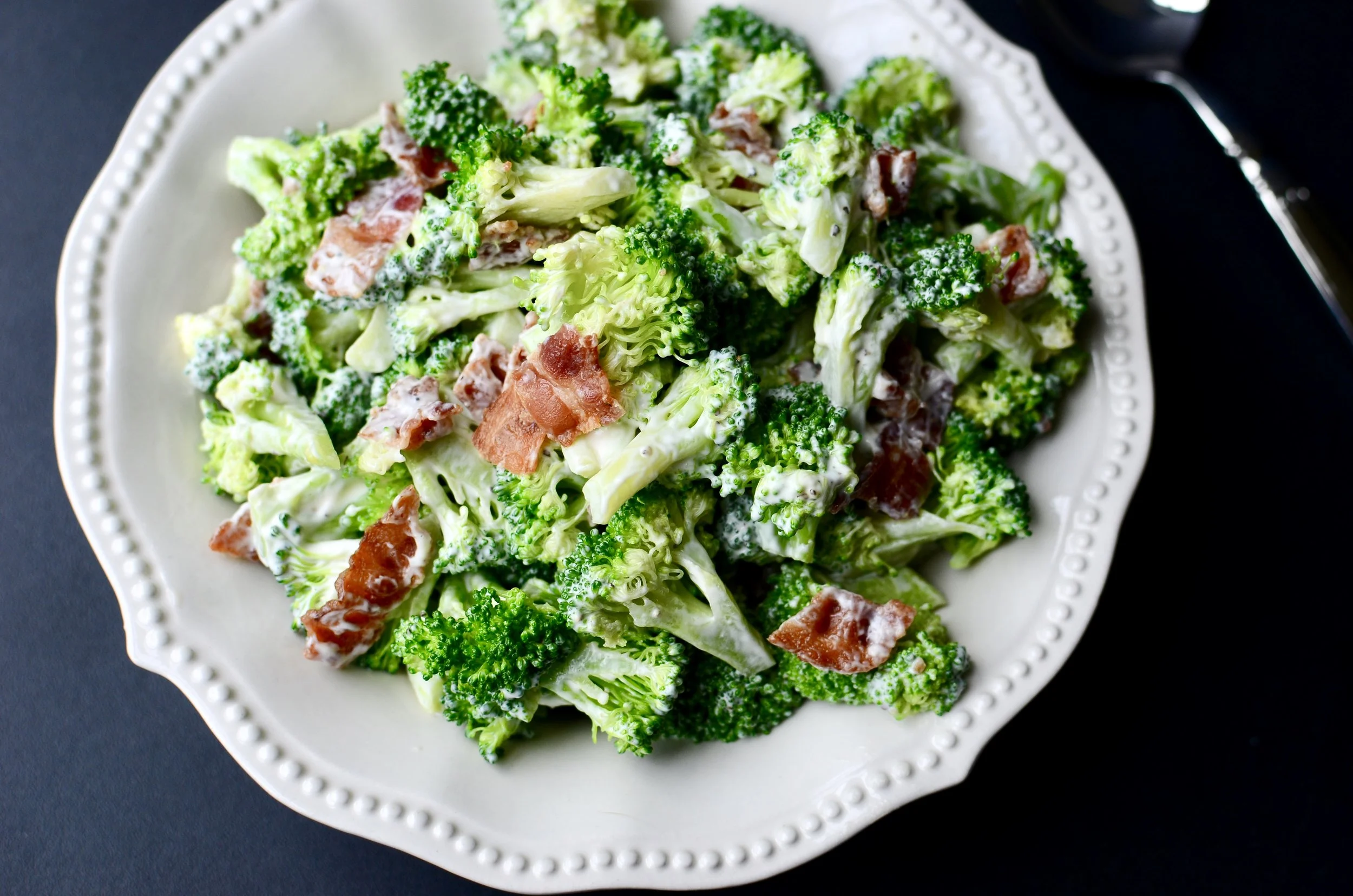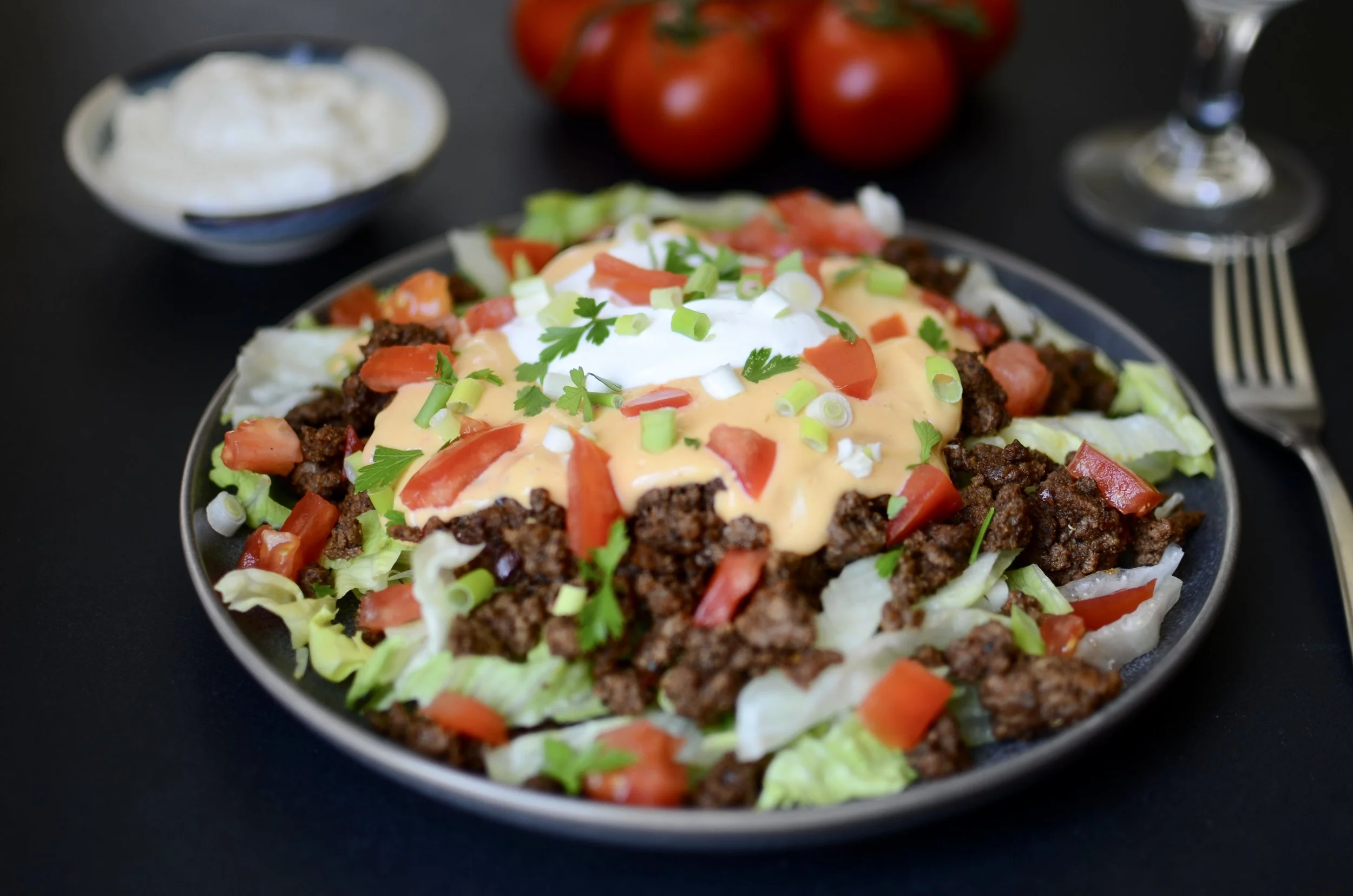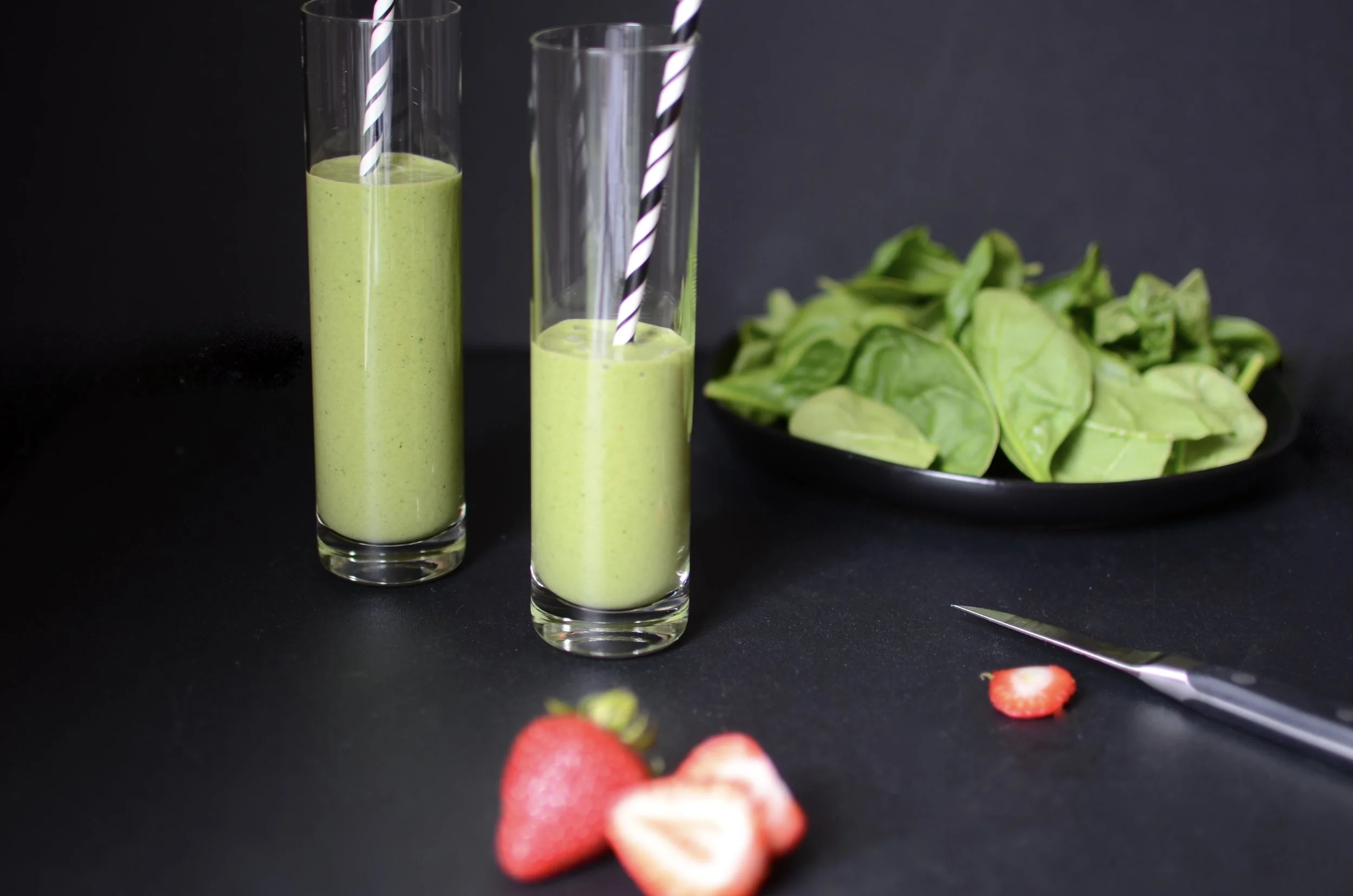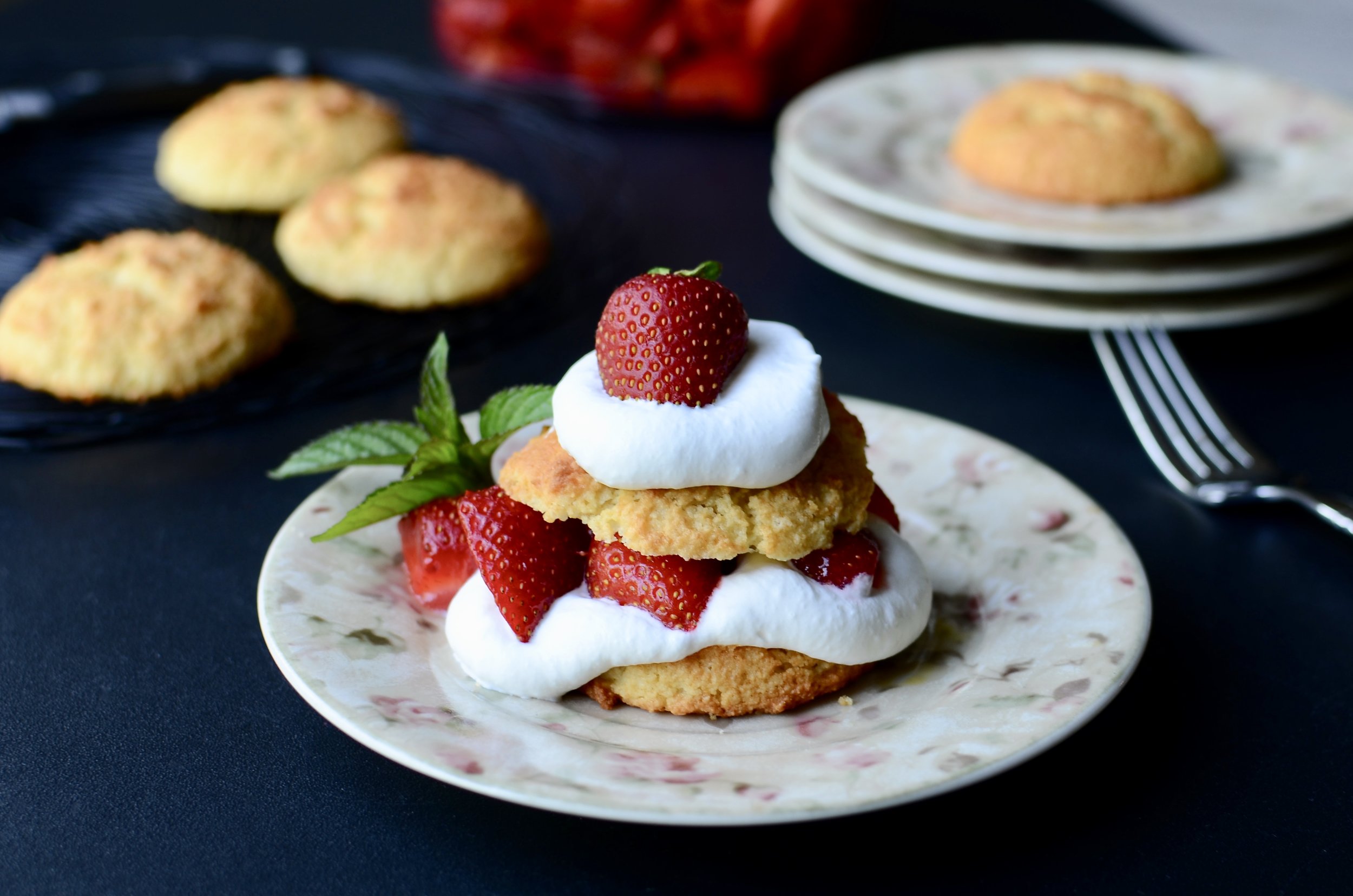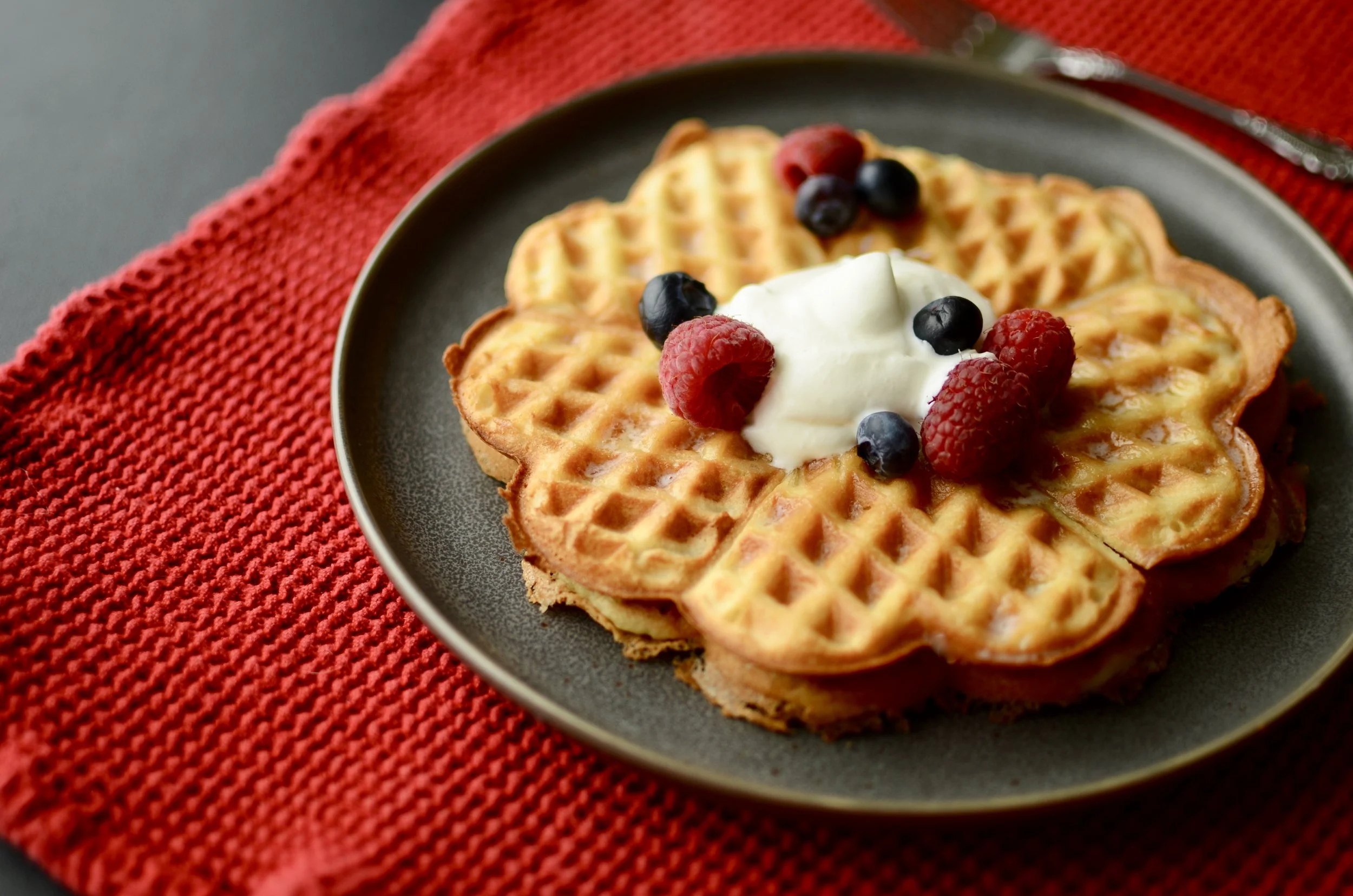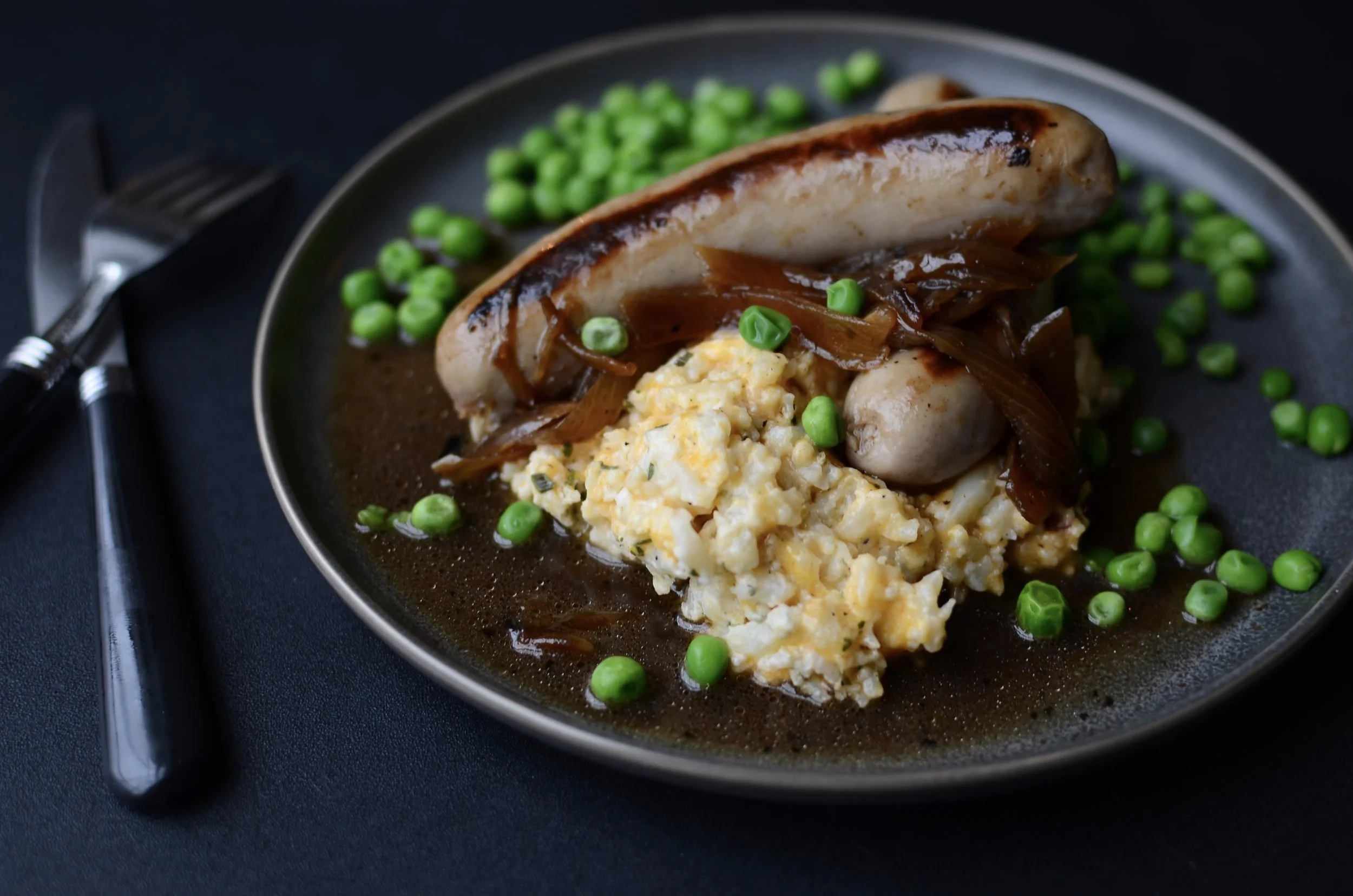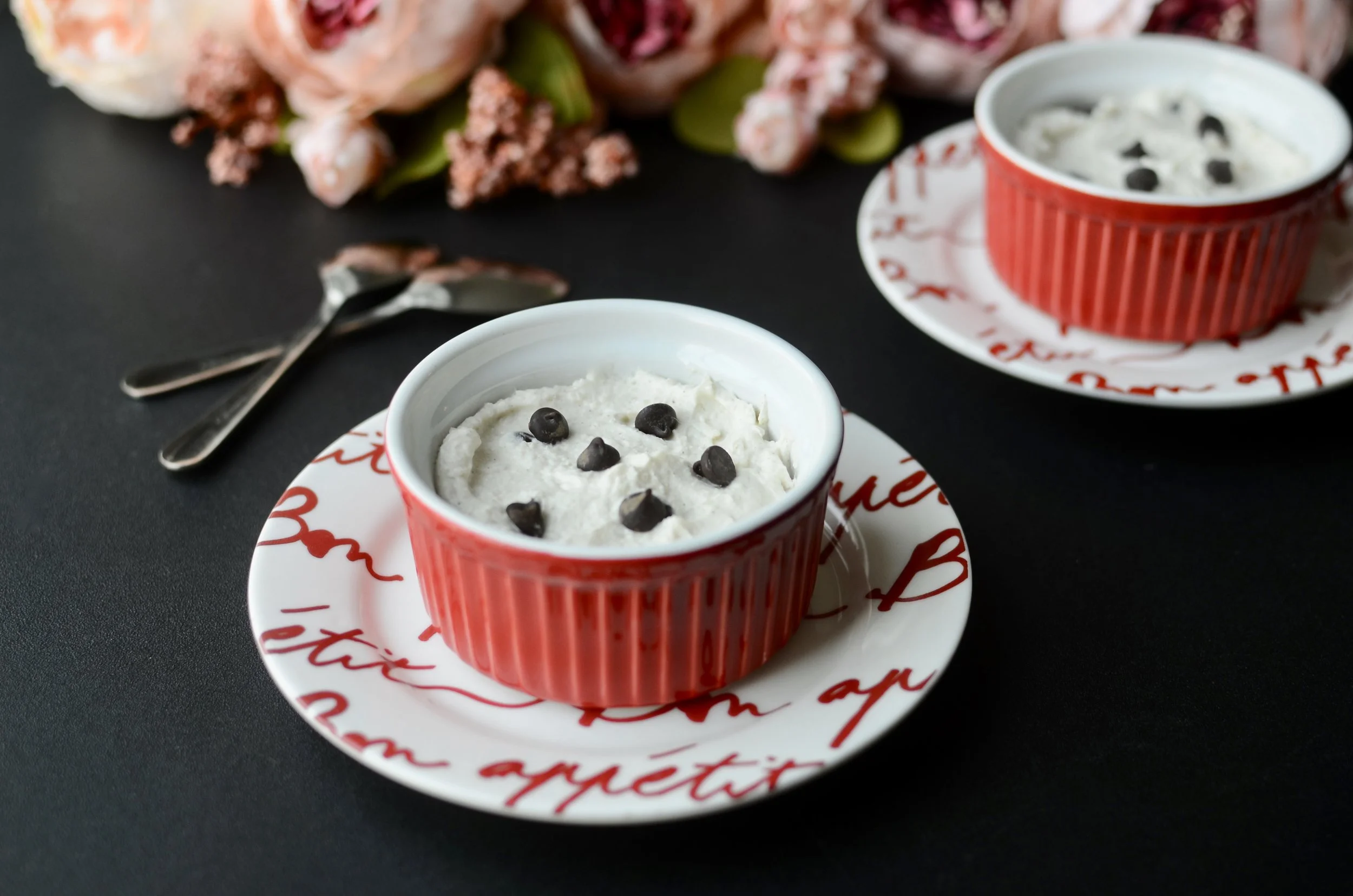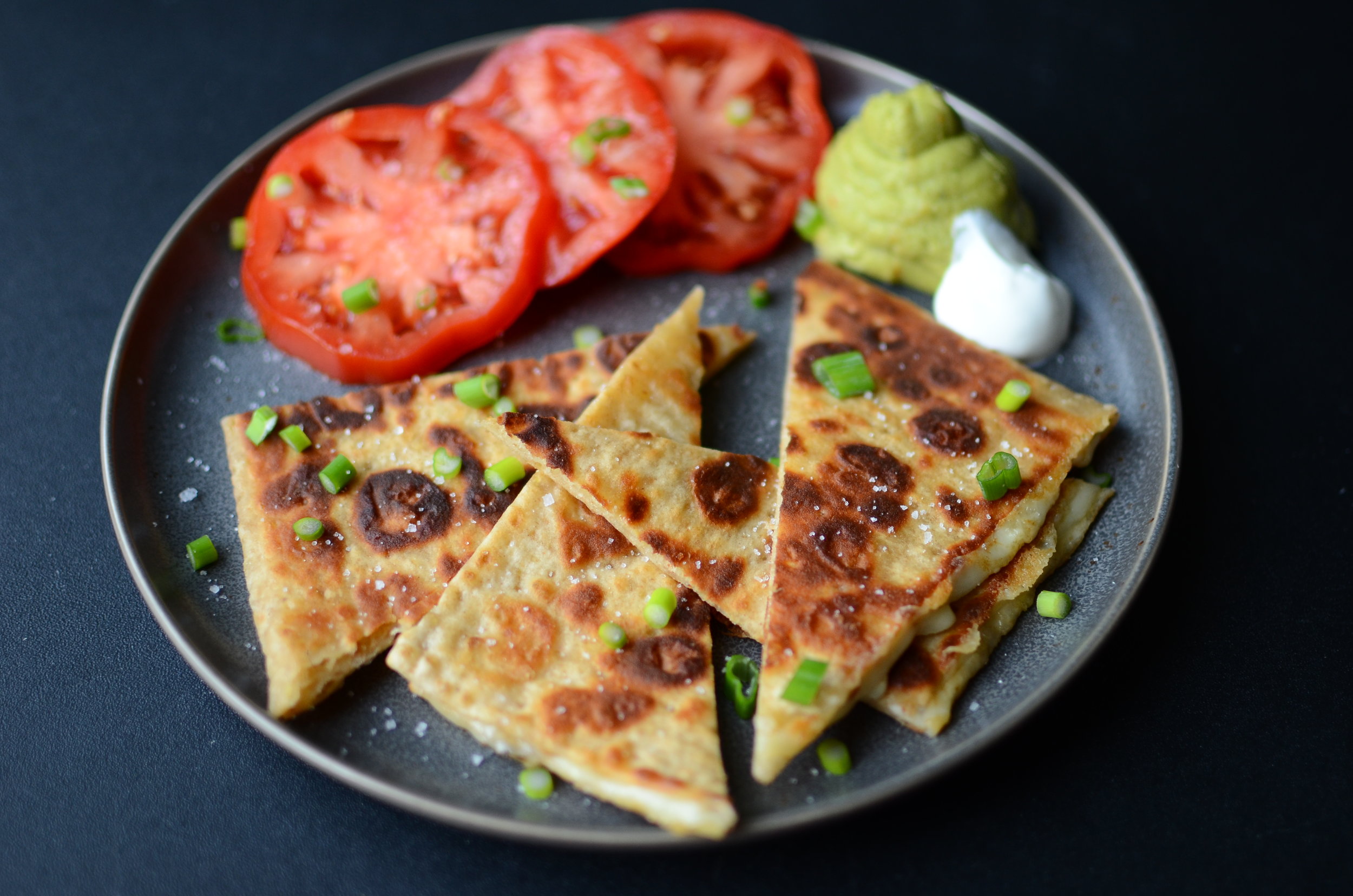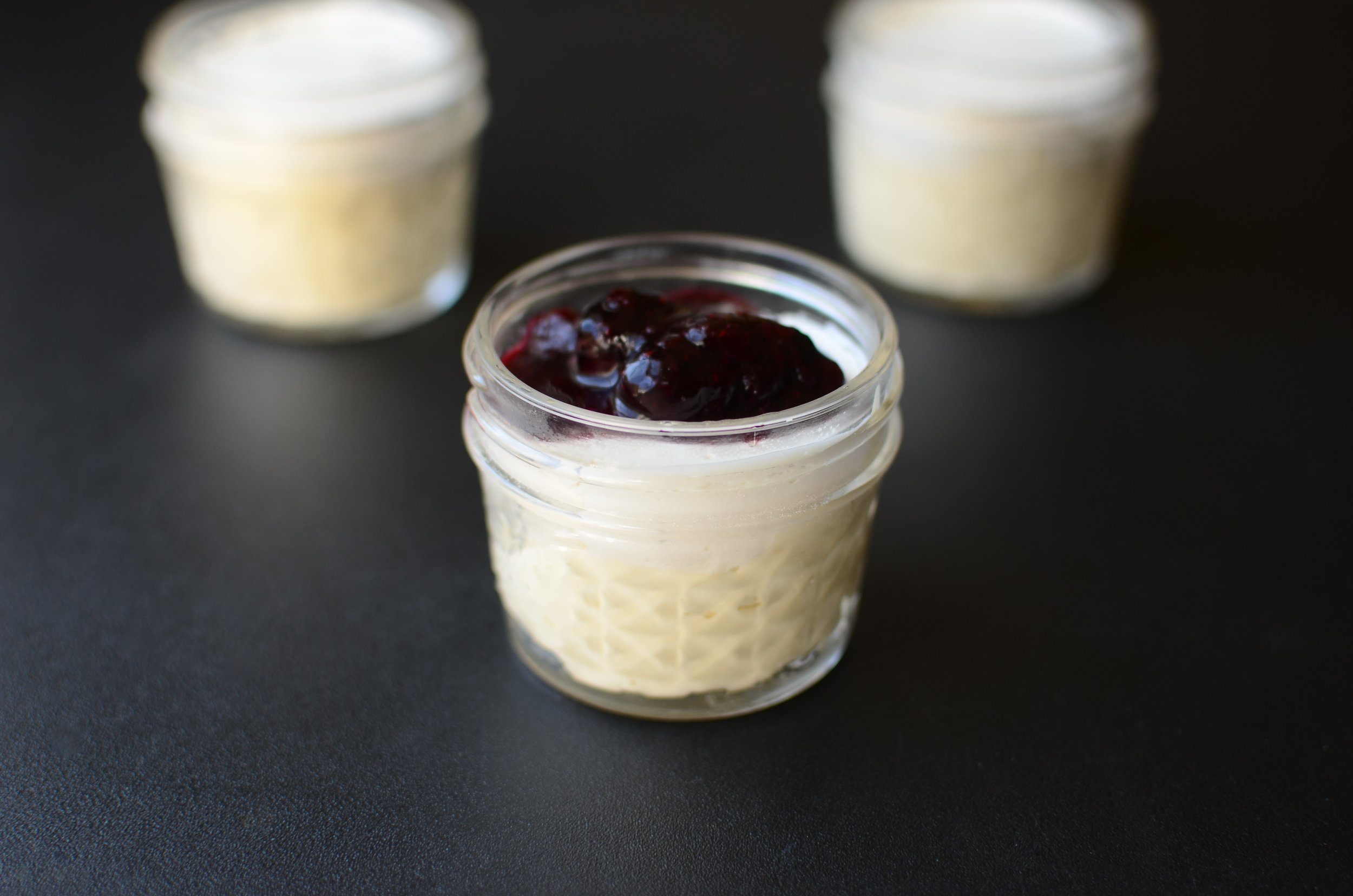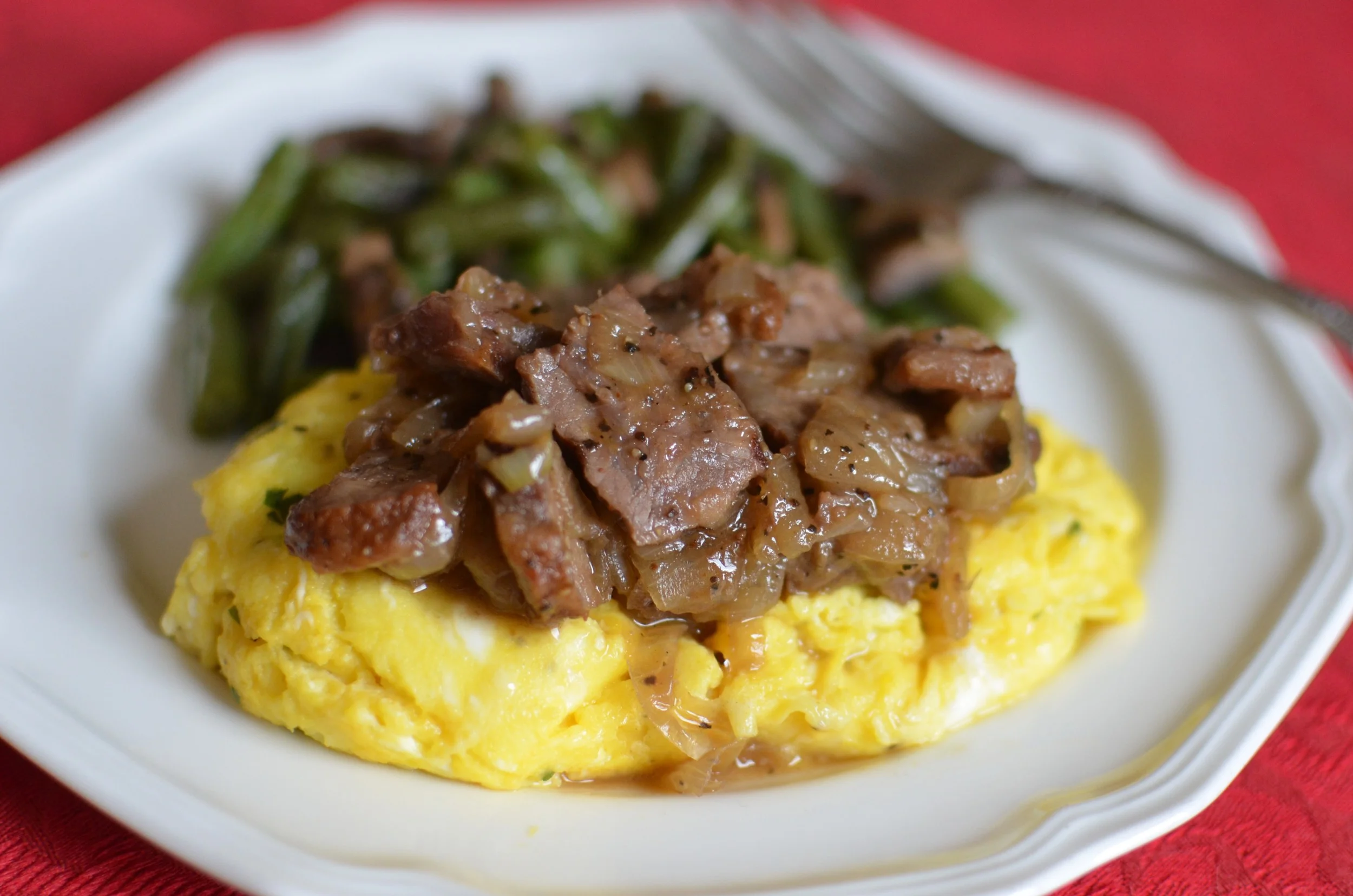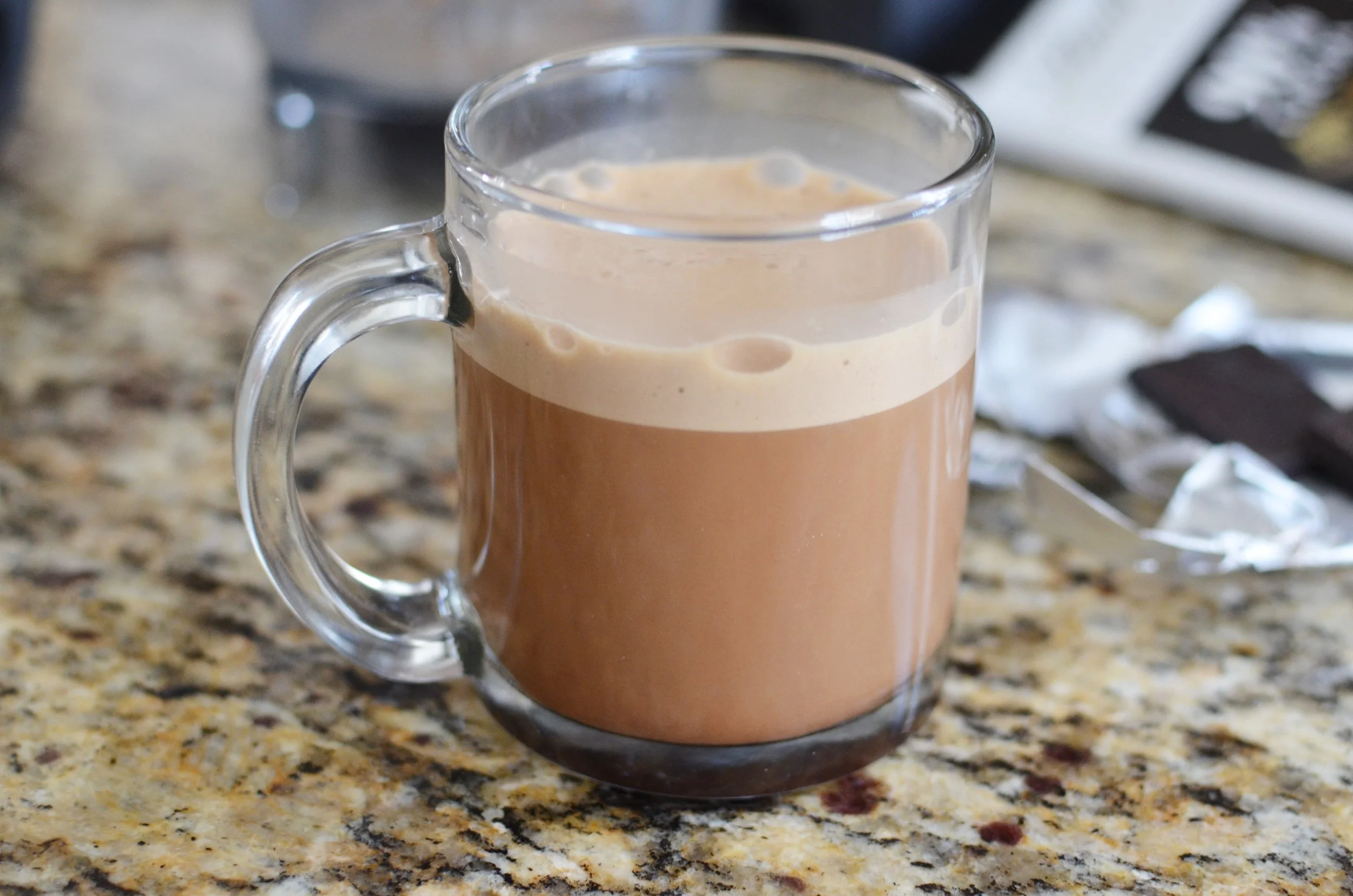Super Flaky All-Butter Pie Crust
Patricia @ ButterYum
I've long been a fan of all-butter homemade pie crusts, but recently I stumbled upon a pretty unique technique for making an all-butter crust that results is the flakiest pie crust I've ever made. The technique is from Stella Parks, the pastry chef, cookbook author, and blogger behind BraveTart.
Traditional pie crust recipes (like this one I shared a couple years ago) call for very cold butter and varying amounts of ice cold water depending on how dry or humid the atmosphere is. Then, once the crust ingredients are combined, the dough is chilled well before rolling, which can be difficult for people who tend to be pastry challenged. Also, you have to be careful to not incorporate too much additional flour during the rolling process, otherwise the crust gets really tough.
However, this technique uses butter pulled straight out of the fridge and a very specific amount of room temperature water (whoohoo for no guessing!). The easy-to-handle crust is rolled with liberal amounts of extra flour as soon as the dough is formed (it's so easy!). And the finished crust bakes up so incredibly flaky, I can hardly believe it. Another bonus is that you don't need a pastry blender or food processor for this technique - all you need are your hands. Let me show you how it's done.
Start by gathering all the ingredients. Ideally, the room you're working in should be around 73F (23C). If your room is much warmer than that, you will need to occasionally place the butter and flour mixture in the fridge to chill for a couple of minutes to keep the butter from getting too soft.
In a large bowl, whisk the flour, sugar, and salt together. For the most professional results, be sure to weigh your ingredients - it's the best way to ensure your crust will turn out exactly the way it should (this is my favorite scale - I use it every single day).
Add the cubed butter to the flour mixture and toss so all the cubes are completely coated. If any cubes stick together, simple pry them apart.
One by one, use your finger tips to flatten each cube of butter into a flat disk and drop the disk back into the flour mixture, tossing with the flour so each disk is completely coated. If the butter cubes start to get too soft, pop the whole bowl into the fridge for a couple of minutes.
Once all the cubes are flattened and you're sure they're all coated with the flour mixture, pour all the water into the bowl.
Grab a silicone spatula and start smooshing the butter disks, water, and flour together until all (or mostly all) of the flour is incorporated.
Now press all the buttery clumps together to form a ball of dough like this.
Remove the dough from the bowl and press it into a flat-ish disk on a liberally floured pastry cloth. Yes, I use a pastry cloth - they're a little old fashioned, but wow are they fabulous... and to prove it, I'll share this little tidbit - just about every one of my pastry students has purchase their own after using mine, so there you go. If you don't have a pastry cloth, roll the dough on your kitchen counter (but trust me, a pastry cloth is way better).
Sprinkle more flour liberally over the top of the dough.
Use your favorite rolling pin to roll the dough into a large rectangle. Use a pastry brush to brush the excess flour off the surface before moving on to the next step.
Starting on one of the long sides of the dough, fold over the edge to the center like you're closing one shutter over a window. A bench scraper can be a very useful tool here, especially if you're not working on a pastry cloth.
Do the same with the other side and, again, brush away excess flour from the exposed dough.
Now take one folded side and flip it over the other, like closing a book. Again, brush away excess flour...
Now take the long strip of dough that is 4 layers thick and fold it in half widthwise so the top edges line up with the bottom edges. You should be left with 8 layers of folded dough.
Now cut the 8 layers of dough in half widthwise again - no need to dirty a knife, use your bench scraper. Each of these halves will make a single pie crust.
Roll the crust immediately and line your pie plate. Chill for 2 full hours before filling and baking. Leftover crust should be wrapped well and used within a few days or you can freeze it for up to a month. Happy Baking!
Items used to make recipe:
(affiliate links)
digital scale https://amzn.to/33ntx12
pastry cloth https://amzn.to/2JpYySd
pastry brush https://amzn.to/3JcVOH5
bench scraper https://amzn.to/3sqN09R
ball bearing rolling pin https://amzn.to/33cHQoY
straight rolling pin https://amzn.to/3LhNhEF
french rolling pin https://amzn.to/2Ng3jjO
pyrex glass pie plate https://amzn.to/2uvKX7e
deep dish pie plate https://amzn.to/3LlN57m
ceramic pie plate https://amzn.to/3LuMbpo
Super Flaky All-Butter Pie Crust
makes a double crust recipe (enough for two 9-inch pie shells)
Ingredients
8 ounces (1 2/3 cups; 225g) BLEACHED all purpose flour (it’s important to used bleached here)
1 ounce (2 tablespoon; 30g) granulated sugar (half for savory pies)
1/2 teaspoon (4g) fine table salt (or the same weight or twice the volume of kosher salt)
8 ounces (1/2 pound; 225g) cold unsalted butter, cut into 1/2-inch cubes
4 ounces (1/4 cup; 115g) cold tap water water
Directions
In a large bowl, whisk the flour, sugar, and salt together.
Add butter cubes and toss well so all the cubes are coated with the flour mixture.
Use your finger tips to flatten each cube of butter into a flat disk and drop the disk back into the flour mixture, tossing well to ensure each disk is completely coated (if the butter cubes start to get too soft, pop the whole bowl into the fridge for a couple of minutes).
Pour water over the butter/flour mixture; using a rubber or silicone spatula, smoosh the butter disks, water, and remaining flour together until all (or mostly all) of the flour is incorporated.
Remove the dough from the bowl and press it into a flat-ish disk on a liberally floured pastry cloth or work surface.
Roll the dough into a rectangular shape; folding each long end towards the center (like closing a pair of window shutters.
Fold the two folded sections of dough together lengthwise (like closing a book).
Fold the dough one more time, widthwise (so the top edges meet the bottom); cut in half widthwise to make 2 crusts.
Roll each portion of crust and place in pie plate; chill for 2 full hours before filling and baking. Leftover dough can be wrapped well in plastic and refrigerated for up to 3 days (or freeze for up to a month).
Note
Just in case you're wondering, I usually bake my pies at 400F for 40-50 minutes
Recipe adapted from Stella Parks




